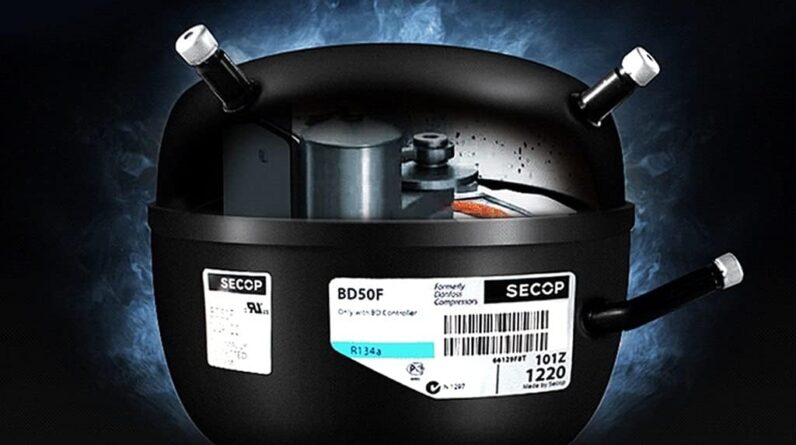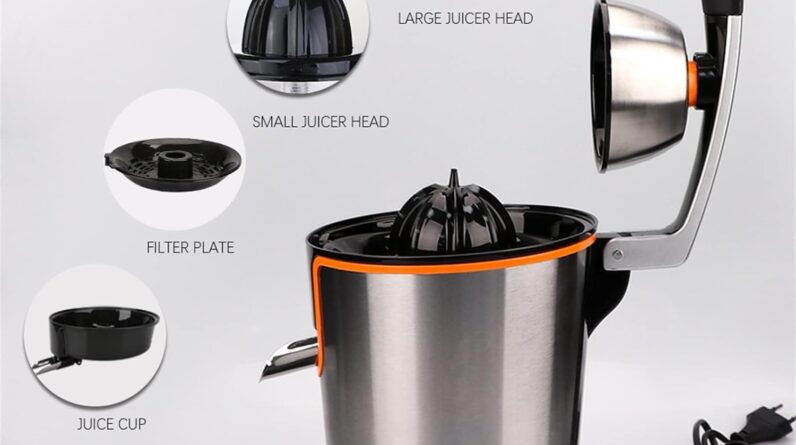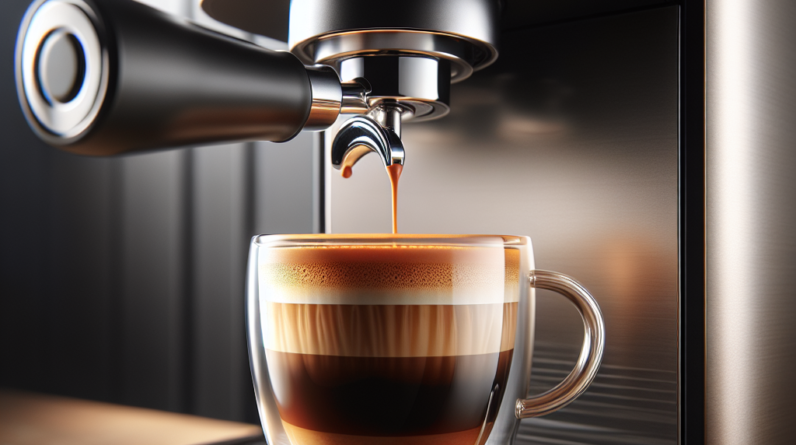
Have you ever found yourself frustrated with a malfunctioning dishwasher? Wondering how to get it back up and running smoothly? In this article, we will explore practical troubleshooting tips that can help you diagnose and fix common issues with your dishwasher. Whether it’s a clogged spray arm or a faulty drain pump, we’ve got you covered. Say goodbye to hand-washing dishes and get ready to enjoy the convenience of a fully functioning dishwasher once again.
Check the Power Supply
Check for a tripped circuit breaker
If your dishwasher is not turning on at all, the first thing you should check is the circuit breaker. Sometimes, a power surge or overload can cause the circuit breaker to trip, cutting off the power supply to the dishwasher. Locate your home’s electrical panel and look for the circuit breaker labeled for the dishwasher. If it is in the “off” position, switch it back on and try running the dishwasher again.
Ensure the dishwasher is properly plugged in
Another common issue that can cause a dishwasher to not power on is a loose or unplugged power cord. Inspect the area behind the dishwasher and make sure that the power cord is securely plugged into the outlet. If the cord is loose, push it in firmly to establish a connection. Additionally, check the outlet itself to ensure that it is functioning properly. You may try plugging another appliance into the same outlet to see if it works.
Inspect the power cord for damage
The next step in troubleshooting the power supply is to inspect the dishwasher’s power cord for any visible damage. Over time, the cord can become frayed or damaged, which may prevent the dishwasher from receiving power. Carefully examine the entire length of the cord, looking for cuts, exposed wires, or other signs of damage. If you notice any issues, it is recommended to replace the power cord with a new one to ensure safe and reliable operation.
Examine the Water Supply
Check the water inlet valve
If your dishwasher is not filling up with water, the problem may lie with the water inlet valve. This valve controls the flow of water into the dishwasher, and if it is faulty or clogged, the machine won’t receive an adequate water supply. Locate the water inlet valve, usually located at the bottom of the dishwasher behind the access panel. Check for any visible signs of damage or debris. If it appears damaged or clogged, it may need to be replaced.
Inspect the water supply line
Another potential cause of water supply issues is a kinked or blocked water supply line. The water supply line connects the dishwasher to the main water source, and if it is crimped or obstructed in any way, water flow can be restricted. Inspect the water supply line for any bends, kinks, or blockages. If you find any issues, gently straighten the line or remove the blockage to restore proper water flow.
Check for clogged filters
Dishwashers are equipped with filters to prevent debris from entering and clogging the internal components. Over time, these filters can become clogged with food particles and other debris, resulting in poor water flow or drainage. Locate the filters in your dishwasher and remove them for inspection. Rinse them under running water to remove any accumulated debris, ensuring that they are clean and free from any obstructions before reinserting them.

This image is property of assets.searshomeservices.com.
Investigate the Drainage System
Check the drain hose for clogs
If your dishwasher is not draining properly, the drain hose may be clogged or kinked. The drain hose is responsible for carrying the wastewater from the dishwasher to the drain or garbage disposal. Start by disconnecting the drain hose from the dishwasher and inspecting it for any blockages. Use a long, flexible brush or pipe cleaner to remove any debris that may be causing the clog. Additionally, ensure that the hose is not kinked or twisted, as this can also impede proper drainage.
Inspect the drain pump
The drain pump is responsible for pumping the wastewater out of the dishwasher. If the pump is malfunctioning or clogged, it can prevent proper drainage. Locate the drain pump, usually found at the bottom of the dishwasher, and inspect it for any visible signs of damage or blockages. Clean out any debris that may be causing the issue and ensure that the pump is running smoothly. If the pump appears damaged or is not functioning correctly, it may need to be replaced.
Ensure the air gap is clear
Dishwashers often have an air gap accessory installed on the countertop or sink. This device prevents wastewater from flowing back into the dishwasher. If the air gap becomes clogged or blocked, it can cause drainage issues. Remove the air gap cover and inspect it for any debris. Use a small brush or toothpick to clean out any blockages. Additionally, ensure that the connecting hoses are secure and free from any obstructions.
Inspect the Spray Arms
Clean the spray arms
The spray arms in your dishwasher are responsible for distributing water throughout the machine to clean your dishes. Over time, these arms can become clogged with food particles and mineral deposits, affecting their performance. Remove the spray arms from the dishwasher and rinse them under running water to remove any debris. Use a small brush or toothpick to clean out any clogged spray arm holes. Once clean, reattach the spray arms making sure they are properly secured in place.
Check for obstructions in the spray arm holes
In addition to cleaning the spray arms themselves, it is important to check for obstructions in the spray arm holes. Even after removing visible debris, tiny particles can still get stuck in these holes, affecting the water flow and pressure. Use a toothpick or a small wire to gently clear any residues from the spray arm holes. Taking the time to ensure these holes are clear will help maximize the effectiveness of your dishwasher’s cleaning performance.
Ensure the spray arms are properly connected
As you reattach the spray arms after cleaning, make sure they are securely connected. Loose or improperly attached spray arms can disrupt the water flow and lead to inefficient cleaning. Check for any signs of looseness or wobbling by giving them a gentle tug. If they feel loose, remove them and reattach them ensuring a tight connection. Properly secured spray arms will ensure that the water is distributed evenly throughout the dishwasher, resulting in clean and spotless dishes.
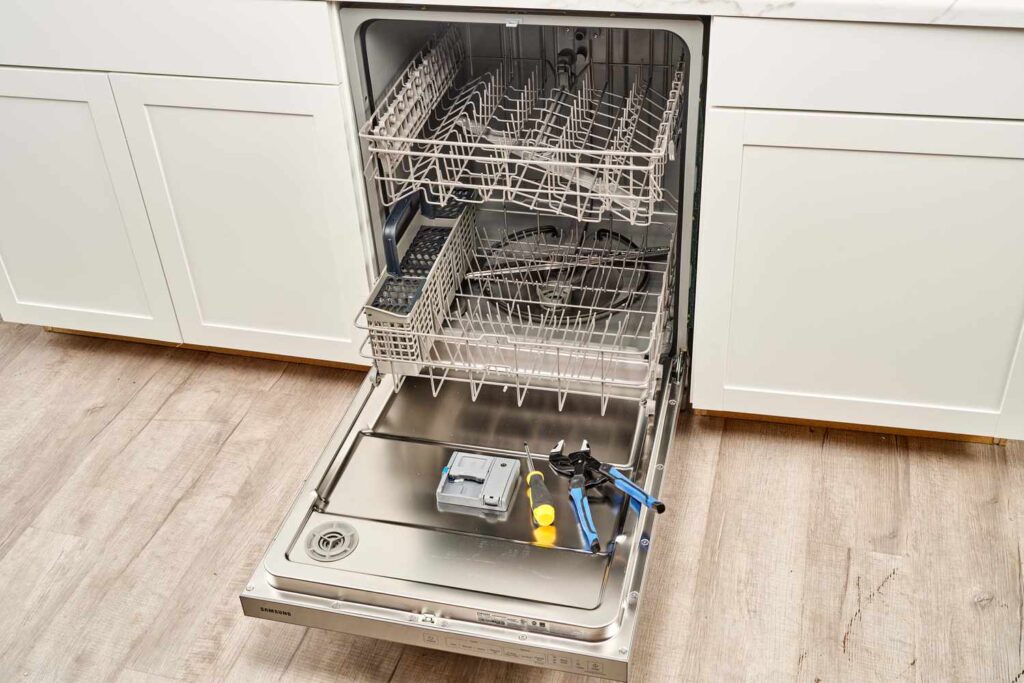
This image is property of www.thespruce.com.
Examine the Door Latch
Ensure the door latch is functioning properly
The door latch is responsible for keeping the dishwasher door securely closed during operation. If the latch is faulty or misaligned, it can prevent the dishwasher from starting or interrupt its cycle. Open and close the dishwasher door several times, paying attention to how it latches and releases. If you notice any difficulty or inconsistency, the door latch may need adjustment or replacement. Consult the dishwasher’s user manual or contact the manufacturer for proper guidance on how to address this issue.
Check for debris or obstructions
Sometimes, debris or small objects can get caught in the door latch mechanism, causing it to malfunction. Inspect the latch area for any visible debris or obstructions. Use a soft cloth or a toothbrush to clean the latch and remove any foreign matter. Ensuring that the door latch is clean and free from obstructions will help to maintain its proper functioning and prevent any potential issues with the dishwasher door.
Verify the Control Panel Settings
Check for error codes
If your dishwasher is displaying an error code, it is indicating a specific issue that needs attention. Refer to the dishwasher’s user manual to identify the meaning of the error code and the recommended steps to resolve the problem. Common error codes can indicate issues with water supply, drainage, or even a malfunctioning component. Understanding the error codes will allow you to address the specific problem more effectively.
Reset the control panel
If you are experiencing issues with the control panel, resetting it may help resolve the problem. Most dishwashers have a reset function that can be accessed by pressing a combination of buttons on the control panel. Refer to the user manual for your specific model to find the proper reset instructions. By performing a reset, you can clear any temporary glitches or settings that may be causing the control panel to malfunction.
Ensure the buttons are working correctly
If the control panel buttons or touchpad are not responding, it may be due to a malfunction or a buildup of dirt and grime. Gently wipe the buttons or touchpad using a soft cloth dampened with a mild detergent solution. Avoid using excessive moisture or harsh chemicals that may damage the control panel. If the buttons still do not respond, contact the manufacturer’s customer service for further assistance or consider consulting a professional dishwasher repair technician.
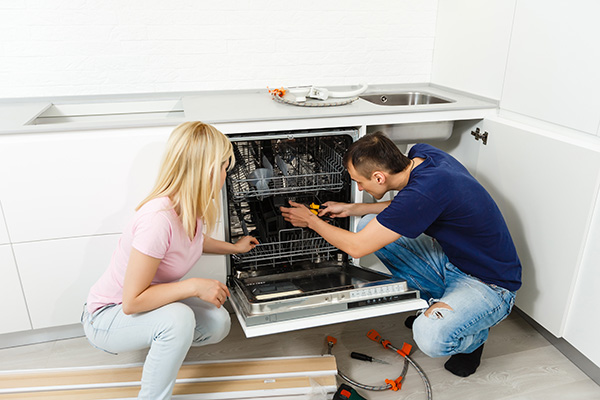
This image is property of www.caesarsapplianceservice.com.
Assess the Heating Element
Check the heating element for continuity
The heating element in your dishwasher is responsible for maintaining the optimal water temperature during the wash and rinse cycles. If your dishes are not coming out as clean as they should be, the heating element may be faulty. Use a multimeter to measure the continuity of the heating element. Disconnect the dishwasher from the power supply and locate the heating element at the bottom of the dishwasher tub. Remove the electrical connectors from the element, and with the multimeter set to the resistance mode, touch the probes to the element terminals. If there is no continuity or a significantly high resistance reading, it is an indication that the heating element needs replacement.
Inspect for visible damage or cracks
While checking for continuity, also visually inspect the heating element for any visible signs of damage or cracks. High temperatures, minerals in the water, or physical impact can cause the heating element to deteriorate over time. Look for any discoloration, blistering, or deformities on the surface of the element. If you notice any damage, it is advisable to replace the heating element to ensure efficient heating and optimal dishwasher performance.
Inspect the Float Switch
Ensure the float switch moves freely
The float switch is a small, plastic device located at the bottom of the dishwasher tub. It is responsible for monitoring the water level inside the dishwasher. If the float switch gets stuck or becomes obstructed, it can prevent the dishwasher from filling with water or cause it to overfill. Locate the float switch and gently move it up and down to ensure that it moves freely without any resistance. If the switch feels stuck or is not moving smoothly, clean the area around it and remove any debris that may be causing the obstruction.
Check for obstructions under the float
The area under the float switch can accumulate debris and food particles, which can interfere with its proper operation. Use a soft cloth or a small brush to clean the area under the float and remove any accumulated debris. Pay attention to any slimy or sticky substances that may be present. Thoroughly cleaning this area will help the float switch function correctly and prevent any issues related to water intake or flooding.

This image is property of i.ytimg.com.
Clean the Filters
Clean the dishwasher filter
Dishwashers are equipped with a filter system that traps debris and prevents it from circulating through the machine. Over time, these filters can become dirty and clogged, affecting the dishwasher’s performance. Locate the dishwasher filter, usually found at the bottom of the dishwasher tub. Remove the filter and clean it under running water, making sure to remove any accumulated debris. If the filter is extremely dirty, you may need to use a soft brush to scrub away stubborn particles. Once clean, reinstall the filter securely back into the dishwasher.
Check and clean the fine filter
In addition to the main dishwasher filter, many models also have a fine filter that further removes impurities from the water. This filter is typically located near the bottom of the dishwasher tub. Remove the fine filter and rinse it under running water to remove any trapped debris. Use a soft brush or a toothbrush to gently scrub away any stubborn residue. Clearing any clogs or blockages in the fine filter will help ensure that the water flowing through the dishwasher is clean and free from contaminants.
Consult the User Manual or Seek Professional Help
Refer to the dishwasher’s user manual
If you have tried all the troubleshooting steps mentioned earlier and are still experiencing issues with your dishwasher, referring to the user manual can provide valuable information and specific instructions for your particular model. The user manual often includes troubleshooting guides, diagrams, and solutions to common problems. Take the time to read through the manual, following any recommended steps or suggestions provided by the manufacturer.
Contact the manufacturer’s customer service
If your attempts to troubleshoot the dishwasher have been unsuccessful or you have encountered a more complex issue, contacting the manufacturer’s customer service can be a helpful next step. They can provide expert guidance and solutions tailored to your specific dishwasher model. Be prepared to provide them with the model number and any relevant information regarding the issue you are facing. With their support, you may be able to identify the problem and find a solution that restores your dishwasher to proper working order.
Consult a professional dishwasher repair technician
If all else fails or you are not comfortable attempting further troubleshooting steps on your own, it may be time to seek assistance from a professional dishwasher repair technician. These experts are trained to diagnose and repair a wide range of dishwasher issues. They have the experience, knowledge, and tools necessary to identify and fix problems that are beyond the scope of typical user troubleshooting. Hiring a professional ensures that any necessary repairs are carried out correctly and safely, giving you peace of mind and allowing you to enjoy the convenience of a fully functional dishwasher once again.
In conclusion, troubleshooting a malfunctioning dishwasher can be a manageable task with the right approach. By systematically checking the power supply, examining the water supply, investigating the drainage system, inspecting the spray arms, examining the door latch, verifying the control panel settings, assessing the heating element, inspecting the float switch, cleaning the filters, and consulting the user manual or seeking professional help when needed, you can effectively troubleshoot and resolve many common dishwasher issues. Remember to always prioritize safety by disconnecting the dishwasher from the power supply before performing any inspections or repairs. With a bit of patience and persistence, you can restore your dishwasher to proper working order and continue to enjoy the convenience of sparkling clean dishes.
This image is property of media.hswstatic.com.



